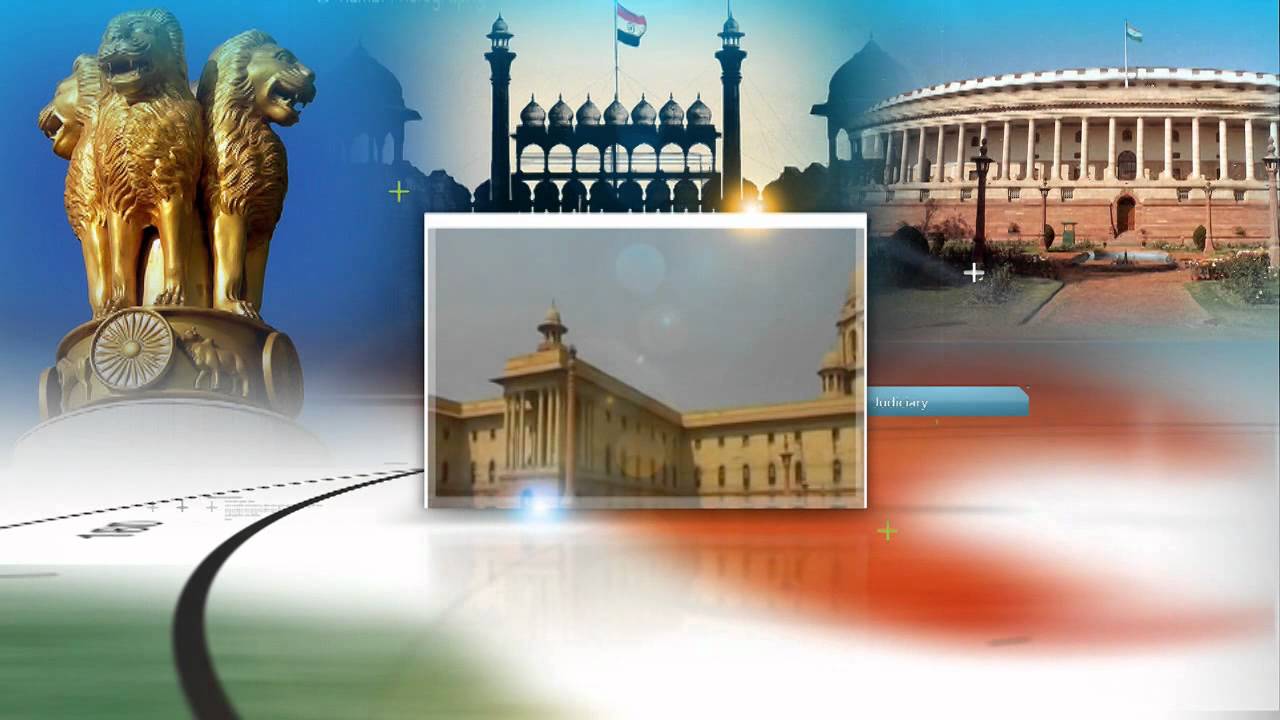Font size:
Print
India as a Global Leader in Textiles
Introduction : Textiles
The textiles and apparel industry is India’s second-largest employer after agriculture, providing direct employment to 45 million people. With a projected annual growth rate of 10%, the sector is expected to become a USD 250 billion market by 2030.
About India’s Textile Industry:
- Valued at $153 billion in 2021, with $110 billion from domestic business.
- Contributes 2.3% to GDP and 10.6% to total manufacturing GVA (FY23).
- Third-largest textile exporter globally (FY22), with a 5.4% share.
- If exports grow from USD 45 billion to USD 100 billion, textiles can add one million jobs annually.
- Around 80% of the sector consists of MSMEs, making it sensitive to global market fluctuations.
- India has the potential to establish itself as a global leader as major competitors like China, Bangladesh, and Vietnam face disruptions due to geopolitical and economic shifts.
Factors Favoring India’s Textile Industry
- Economic and Demographic Strengths
-
- Stable economy and governance with strong bilateral relations with major economies.
- The young population ensures a steady labor force.
- Centuries-old textile tradition, with deep-rooted expertise in craftsmanship.
- Government Initiatives Supporting the Sector
-
- Pradhan Mantri Mega Integrated Textile Region and Apparel (PM MITRA) Parks to develop textile hubs.
- Production Linked Incentive (PLI) Scheme to boost domestic manufacturing.
- Rebate of State and Central Taxes and Levies (RoSCTL) Scheme to promote exports.
- Focus on digitalization and e-commerce, providing new opportunities for market expansion.
- 100% FDI under automatic route to attract investments.
- National Handloom Development Programme to support traditional textile sectors.
Challenges Hindering India’s Textile Growth
- Export Slowdown
- Growth in FY22: Exports reached $43.4 billion.
- Decline in FY23: Demand fell, leading to shutdowns of nearly 500 spinning mills in Tamil Nadu.
- Tiruppur, a major textile hub, witnessed a 40% drop in business.
- Cost Disadvantages and Labour Issues
- India faces a 15-20% cost disadvantage compared to competitors like Bangladesh and Vietnam.
- Labour Shortages: Major hubs like Tiruppur suffer from workforce shortages, while regions like UP, Bihar, Odisha, and MP have excess labour.
- High Attrition Rate: About 10% attrition, largely due to high transport and accommodation costs for workers.
- Raw Material and Policy Issues
- High Cotton Prices: 10% import duty on cotton increases production costs.
- Quality Control Orders on MMF: Regulatory hurdles affect raw material availability and price stability.
- Structural Challenges of MSMEs
- Fragmented industry with limited economies of scale.
- High transportation costs and reliance on imported machinery.
- Lack of skilled manpower.
- Sustainability and Changing Consumer Preferences
- Growing demand for sustainable textiles due to stricter ESG norms.
- Rise of e-commerce and direct-to-consumer retailing altering business models.
Way Forward
- Industrial Housing Policy
-
- Building worker quarters near factories to reduce absenteeism and improve retention.
- Incentives such as FSI regulation relaxation, GST exemptions, and government grants to support manufacturers in housing investments.
- Model based on China’s worker accommodation strategy to enhance efficiency.
- Enhancing Labor Efficiency
-
- Skill development programs to improve worker productivity.
- Adoption of automation and modern technologies alongside human talent to increase efficiency without reducing employment.
- Providing stable jobs for women, who constitute 90% of the blue-collar workforce, ensuring their empowerment.
- Boosting Domestic and Export Markets
-
- Strengthening domestic demand through e-commerce and quick commerce platforms.
- Expanding export markets by leveraging India’s strong international trade relations.
- Promoting sustainable and value-added textiles to cater to global trends in ethical consumption.


